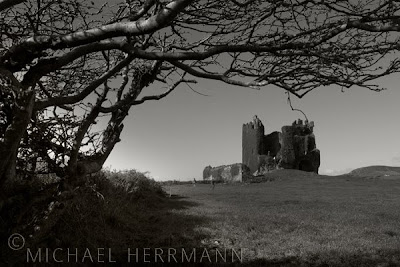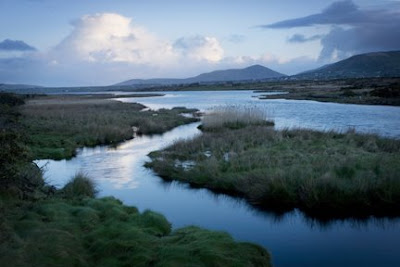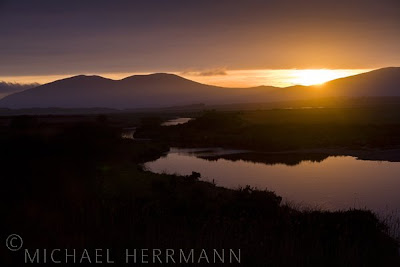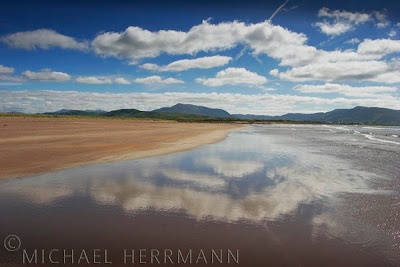
One easy way to demonstrate how exposure works
is this
Exposure Triangle.
Exposure is the amount of light which comes in contact with your camera´s film or sensor.
You need to get three things right to achieve optimum exposure for your photograph:
Aperture - which controls the size of the lens opening for light.
Shutter speed - which controls the time light is allowed to come in.
ISO - which controls the sensor`s or film`s sensitivity to light.
A change of one element will have an impact on the others.
A big aperture only needs a short shutter speed and vice versa.
Dark light conditions call for a higher ISO, but your picture will look grainier than with a small ISO of e.g.100.
Most cameras offer a variety of exposure modes – from fully automatic to semi automatic and scene mode to a full manual mode.
Automatic modeThe camera selects all settings depending on the type of lighting and brightness of a scene. It focuses automatically and fires a flash when light is insufficient.
Semi- automatic modesAperture priority mode(A or AV)-you select the aperture and the camera automatically sets the other two.
When would you want to do that? To get the depth of field right for your purpose!
If you want everything in sharp focus choose a small aperture
(big number e.g. f/22) and let the camera choose the appropriate shutter speed.
If you want only part of your subject in sharp focus and blur the background
choose a big aperture (small number, e.g. f/2.8) and let the camera do the rest.
Shutter priority mode(T or Tv)- you select the shutter speed and the camera sets the rest.
When would you do that? To control moving subjects!
To get your moving subject to freeze, that is, everything is sharp in focus, choose a fast shutter speed of e.g.1/2000 sec and again, let the camera do the rest.
To illustrate how fast something is moving - a blur around your subject can indicate speed, choose a slow time of about 1/125 sec and your camera will set a smaller aperture.
Scene modes A variety of pre programmed modes for portraits, landscapes, artificial light in doors, some outdoor lighting situations etc…
Manual mode(M)
You set shutter speed, aperture and ISO and the light meter will tell you whether or not the exposure is right.
When you take landscape shots you usually have time to think a little before you press the shutter release so try and take more pictures in manual mode. I prefer to do this and I usually think about aperture first, set ISO at the least possible 80 or 100 and the see what the light meter tells me about shutter speed.
For longer shutter speeds you need a fairly steady hand or better still a tripod.












































